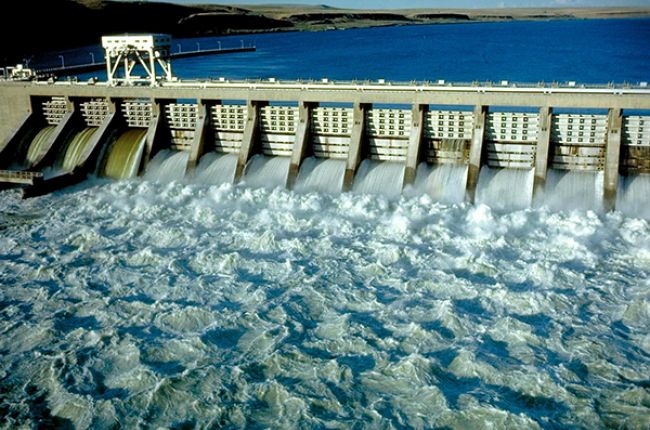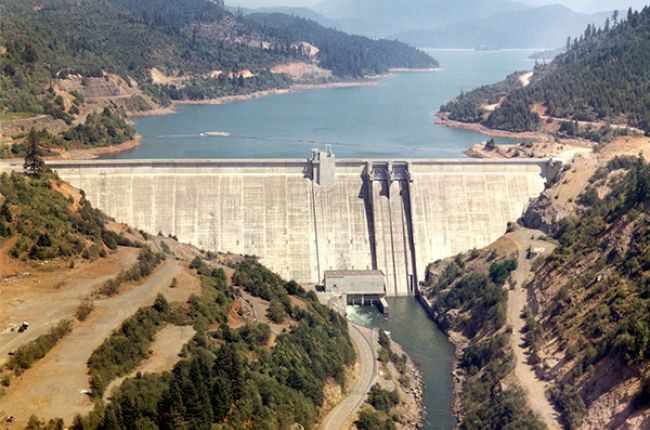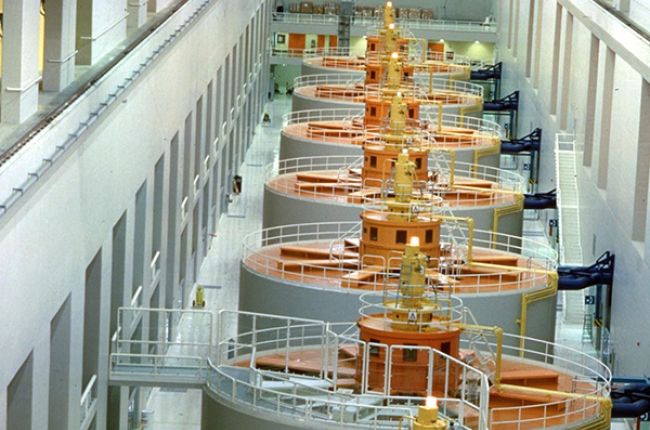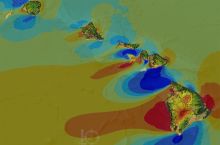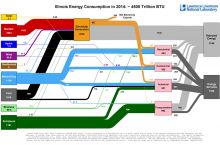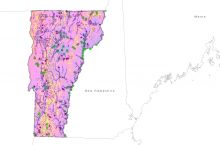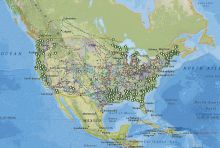Hydropower uses the energy from moving water to power machines or generate electricity. Used for over two thousand years in water mills, today hydropower is more commonly associated with electricity generation. Hydropower has been used to generate electricity since the late 19th century, and remains the largest source of renewable energy worldwide.
Hydroelectric power plants are usually built inside dams. The reservoir of water that collects behind the dam provides a steady supply of water, which passes through giant turbines to generate electricity. Hydropower is particularly common in places with high rainfall and lots of topography, such as Washington and Oregon, which together produce around 40% of the hydroelectricity generated in the United States.
Why does hydropower matter?
Hydropower currently provides around 7% of the electricity in the United States, making it the largest renewable source of electricity in the country. Most of the hydroelectric dams in the United States were built between the 1950s and the 1980s, and very few major projects have been built in the last twenty years. However, because hydroelectric dams can run cheaply and reliably for many decades, they will continue to be an important source of electricity in the future.
How does geoscience help inform decisions about hydropower development?
Geoscientists identify appropriate locations for hydropower development and provide crucial information for the construction and maintenance of dams, including the risk of natural hazards such as earthquakes and landslides. Geoscientists also determine the environmental impacts of hydropower. These include the effects of flooding a river valley to fill a reservoir and the impacts of decreasing the river’s flow rate downstream.
Learn More
Introductory Resources
- Hydropower Explained (Website), Energy Information Administration
Introductory information on hydropower, including generation mechanisms, history, and environmental impacts
Resources for Educators
- Education Resources Network, AGI's Center for Geoscience & Society
Search for hydropower resources in Curricula & Instruction
- NGSS Performance Expectations, Next Generation Science Standards
4-ESS3-1, MS-ESS3-1, HS-ESS3-1, HS-ESS3-2
- NGSS Disciplinary Core Ideas, Next Generation Science Standards
ESS3.A

